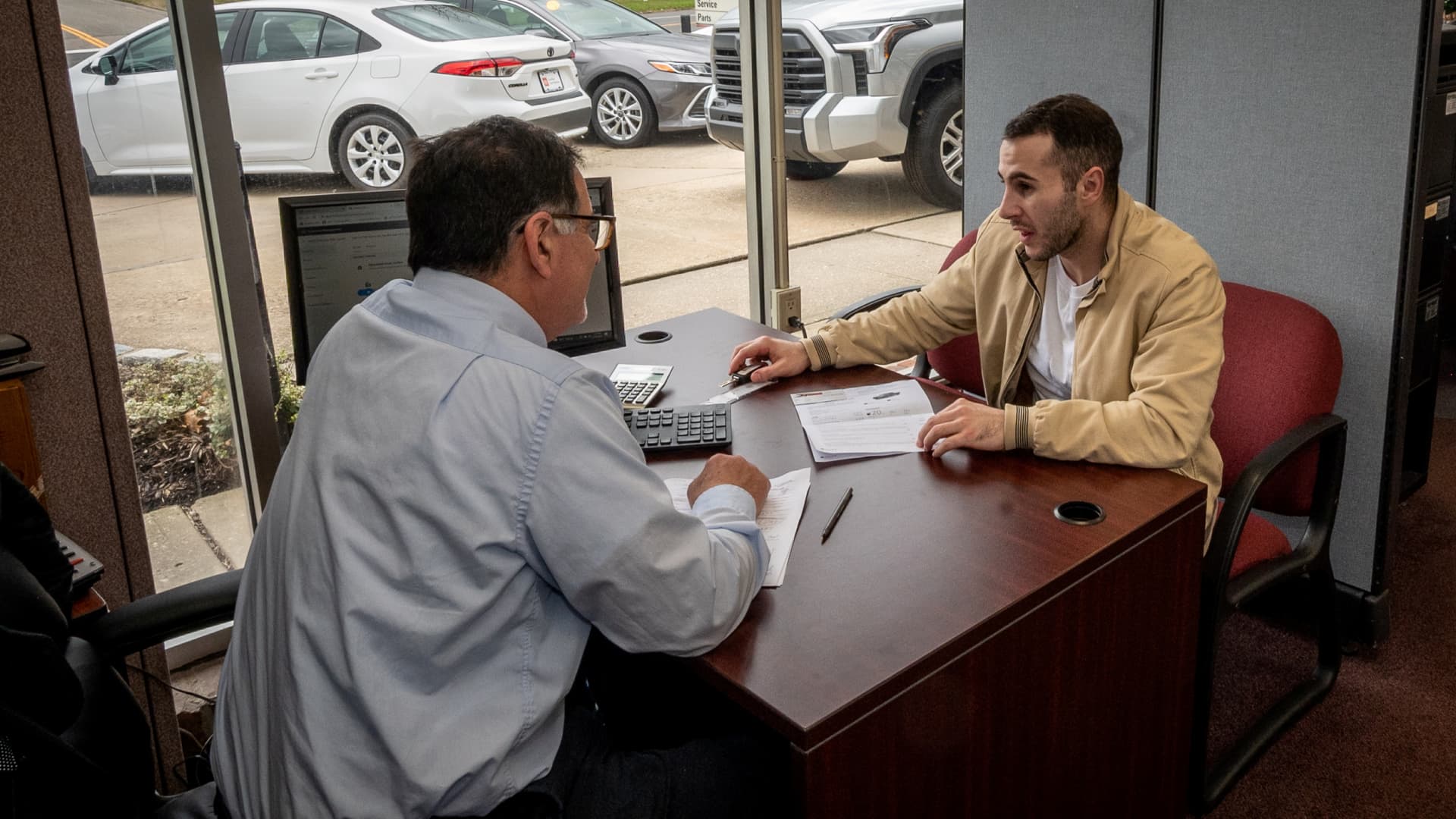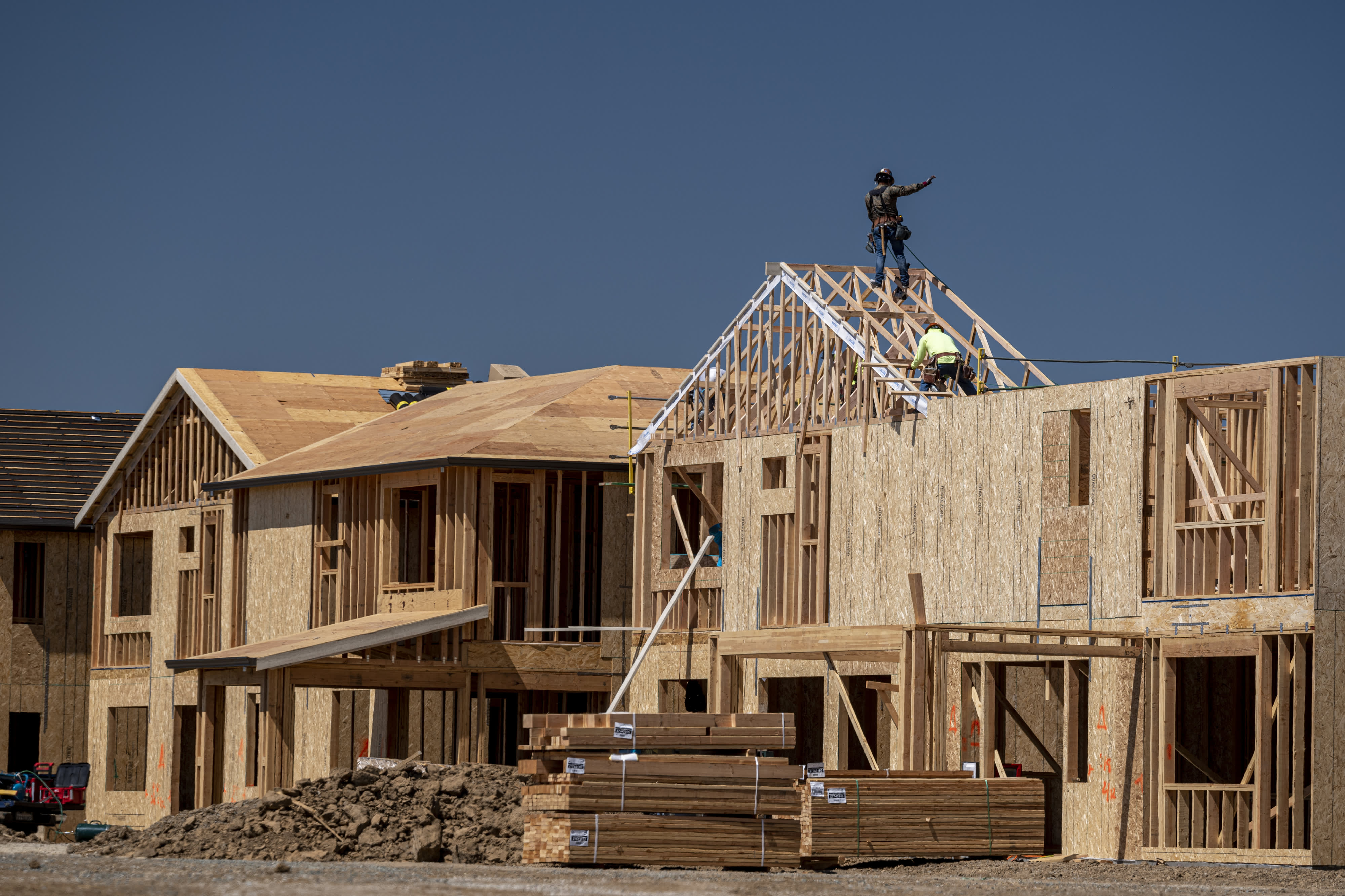In pre-pandemic years, Labor Day sales events offered generous discounts on new cars as dealerships aimed to clear out current-year models and start selling the next year’s versions.
These days? Not so much.
related investing news
The average new-car discount offered by manufacturers is down an estimated 47.1% from a year ago to $969, according to a recent forecast from J.D. Power and LMC Automotive. August marked the fourth consecutive month of incentives trending below $1,000.
More from Personal Finance:
Here’s how to combat inflation with Labor Day deals
50% of employers expect job cuts, survey finds
Americans spend $314 a month on impulse purchases
At the same time, the average price for a new car reached an estimated $46,259 in August — 11.5% higher than a year ago and the highest on record, according to the J.D. Power/LMC forecast.
“Shoppers waiting for Labor Day sales events with substantial discounts on outgoing model-year vehicles will be frustrated by the lack of markdowns and choice of vehicles,” said Thomas King, president of the data and analytics division at J.D. Power, in the report.
Used car prices are beginning to soften
However, even as the average sales price for a new car continues pushing higher, Labor Day deal shoppers may find a general easing in prices for used vehicles.
“Car shoppers can’t expect to find anything close to the doorbuster bargains of pre-pandemic Labor Day sales, but they can at least look forward to used car prices softening across the board heading into the holiday weekend,” said Jessica Caldwell, executive director of insights at Edmunds.
”Although these price drops are not earth-shattering, they should be a welcome reprieve for consumers compared to the continued higher cost of new car purchases or leases,” Caldwell said.
Prices for 3-year-old cars are down 4.6% from peak
As the calendar gets closer to 2023, used vehicles are getting older and racking up more mileage, so they generally are selling for less than they did earlier in the year, according to Edmunds. Additionally, an uptick in the number of near-new cars (no more than 2 years old) making their way to the used market via trade-ins is pushing down the price of 3-year-old vehicles.
The average sales price for 3-year-old vehicles was $31,302 in July, down 4.6% from their peak of $32,828 in January. Across more than 200 models in that age group, 92.8% have experienced a price decline this year.
For instance, a 2019 Ford Fusion Energi, a plug-in hybrid electric car, sold for an average $17,514 in July. That’s a $3,776 drop — 17.7% — from its $21,290 peak in March. For a 2019 GMC Yukon, a full-size SUV, the average price in July was $50,478, which is $6,602 lower, or 11.6%, than its high of $57,080 in January.
There’s also good news for those trading in a used car for one of those pricey new ones. The average trade-in in August was worth an estimated $10,011, a 32.7% jump from a year ago and the third consecutive month above $10,000, according to the J.D. Power/LMC report.
The auto industry continues to operate in a challenging environment due to supply chain issues, including a persistent shortage of computer chips. That shortage has led to elevated prices in both the new and used markets as consumer demand remains strong.
In August, an estimated 55% of vehicles were sold within 10 days of arriving at a dealership, according to the J.D. Power/LMC Automotive. The average number of days that new cars are on a dealer’s lot before being sold is about 20 days, down from 25 days during the year-earlier period.

